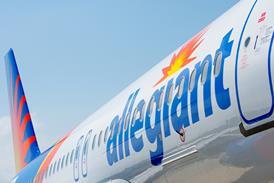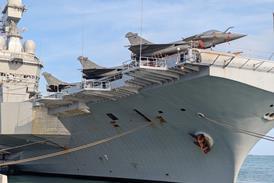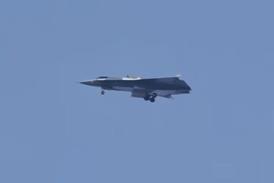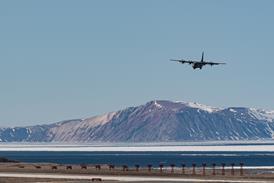US regulators plan to issue an airworthiness directive on 13 July designed to prevent cockpit fires in Boeing 757/767/777 aircraft triggered by improper electrical connections on heaters for the forward-facing front windows of a cockpit.
Several high-profile events have occurred to prompt the directive. The latest was a 16 May incident involving a United Airlines 757 that diverted to Washington Dulles International airport after experiencing a cockpit fire in cruise at 36,000ft (10,973m) early in the flight.
FAA cites 11 reports of fire or flames in the three models covered under the new rule during the last two decades - five on 757s, three on 767s and three 777s.
The agency says the directive is aimed to prevent smoke, fire or cracking of the inner layer of the forward viewing window caused by loose electrical connections used to heat windows to prevent ice buildup.
Improper installation of, or improperly torqued cross threaded screws can contribute to overheating and arcing, says FAA.
Operators have two options to comply with the AD. One is to commence inspections within 500 flight hours, and then continue at intervals that are specific to two window designs. The second option is installation of a new window.
The agency states roughly 1,212 US aircraft out of 2,619 operating worldwide are affected by the directive, and the estimated cost for inspections is $103,020 total for US operators. Replacement of the windows is an additional cost.
FAA first proposed the cockpit windshield rule in March 2008, and explains that after receiving extensive comments it determined additional information regarding the 757 was required from Boeing.
The agency has determined unique issues on upper electrical connections on the 757s will be addressed in a separate rulemaking in order to proceed with the fix for the lower electrical connector issue addressed by the 13 July directive, which constitutes the majority of service problems identified to date.
FAA says although no fire events have occurred on 747s, it plans to propose a separate directive covering those models later this year since the windows in those aircraft are similar to those covered in the upcoming rulemaking.
In February 2008 the National Transportation Safety Board (NTSB) urged the FAA to move forward with the rulemaking after an American Airlines 757 was diverted to West Palm Beach, Florida after smoke from the first officer's windshield heater filed the cockpit. At that time NTSB reiterated recommendations, some that were four years old, to install redesigned electrical terminals in the windshield heating system on Boeing 747s, 757s, 767s and 777s.
Source: Air Transport Intelligence news























